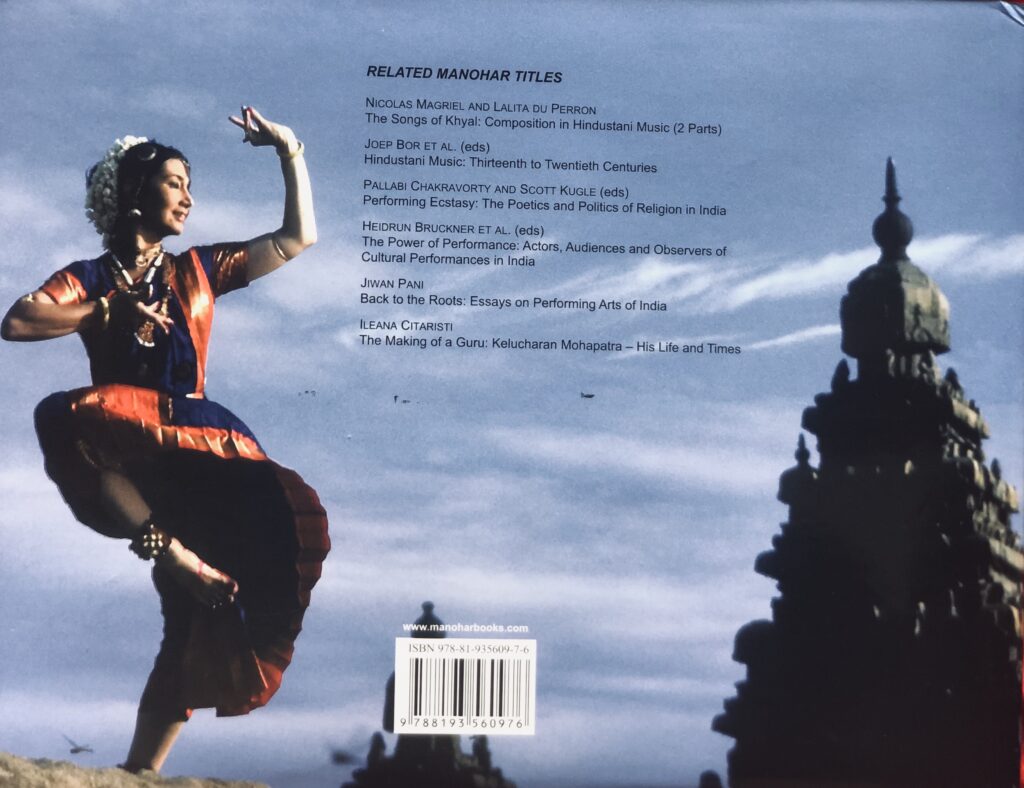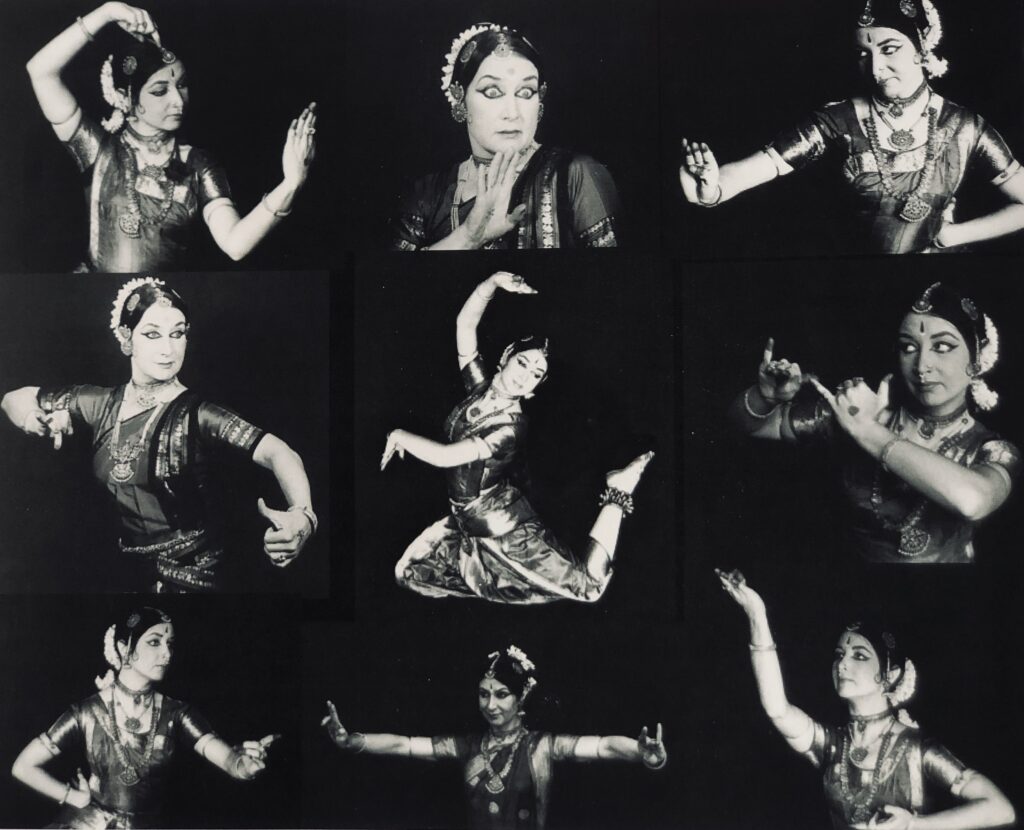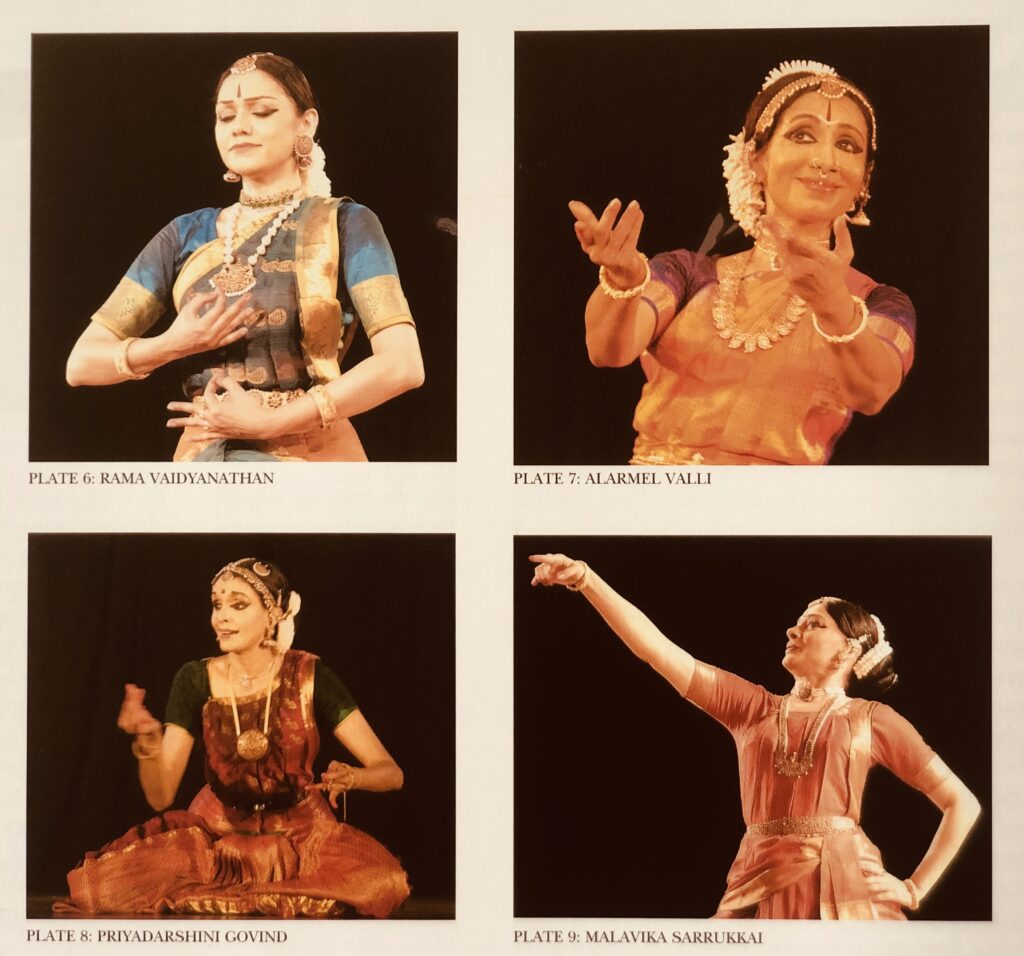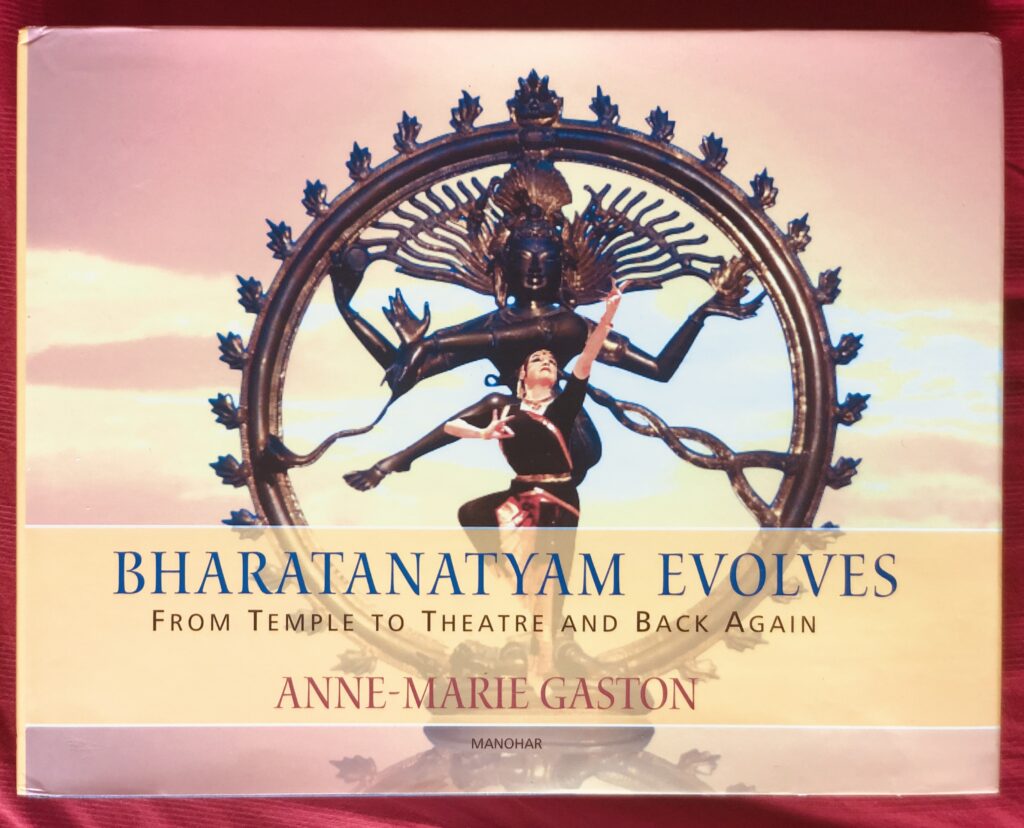By Anne-Marie Gaston Anne-Marie Gaston (1941-2018) traces the development of Bharatanatyam from its religious and secular roots. She gives details of the teachers who were most influential in the transmission of the dance form from traditional to modern and discusses the role of different interpretations(banis). By describing traditional and modern performances and choreography, she traces changes in the repertoire and presentation that have taken place during the post-revival era. Comments from the author’s in-depth studies of Bharatanatyam as both performer and academic, give a historical perspective to the current manifestation of the dance. Her observations are drawn especially from recitals at the Madras Winter Festivals 2011-15. The volume is profusely illustrated with the author’s own photographs. “In 1964, I began my studies of Bharatanatyam in Chennai with Ellappa Pillai. My performing career in India began in 1966 and in Canada in 1967, presenting the full Bharatanatyam classical margam repertoire. Over the years, this repertoire was collected by studying with several dance masters, male and female, hereditary and non-hereditary. I always saw dance as part of an integrated cultural expression, since it was my visit to the Nataraja temple in Chidambaram where for the first time I saw the karanas on the walls on the gopurams and the huge niche figures of Shiva dancing that first inspired me. Since 1964, I have experienced first-hand the trends and innovations which have taken place within Bharatanatyam and within the landscape of Indian classical dance has a whole. Much of my account is based on personal experience.” “Indian dance has been my lifelong passion. In this book I have drawn on the knowledge I have acquired, as performer, teacher and academic, over a lifetime of immersion in the world of Indian dance. I continue tp be fascinated by the development of Bharatanatyam and other Indian classical styles, both in India and worldwide. Why the basic essence of classical Bharatanatyam has been carefully preserved, much has changed and will continue to do so as the style evolves. It was inspiring and enlightening for me to experience current developments in the dance in Chennai, the artistic center of Bharatanatyam. The many styles of classical Indian dance are very much alive and well. The global stage for this art form is vast and expanding. I hope that the material I have presented will help to uncover some of the forces: cultural, social, political and aesthetic, which have guided Bharatanatyam as it evolves.”




About the author Anne-Marie Gaston(1941-2018) studied classical dances and other arts in India from 1964. She had an M.Litt, and a D.Phil from Oxford University Indian arts and taught at Universities and Colleges throughout North America and UK. From 1967 onward, she performed several styles of classical Indian dances(Bharatanatyam, Odissi, Kuchipudi, Kathakali, Chhau and Kathak) extensively in India, Europe and North America, receiving much critical acclaim. Her pioneering work using mixed-media in Indian dance presentations, emphasised the relationships among dance, sculpture and painting. Dr. Gaston, also known as Anjali, choreographed and staged many recitals on non-traditional themes. Her performances can be viewed at www.culturalhorizons.ca. Anne-Marie died at home in Ottawa, Canada, in April 2018.









